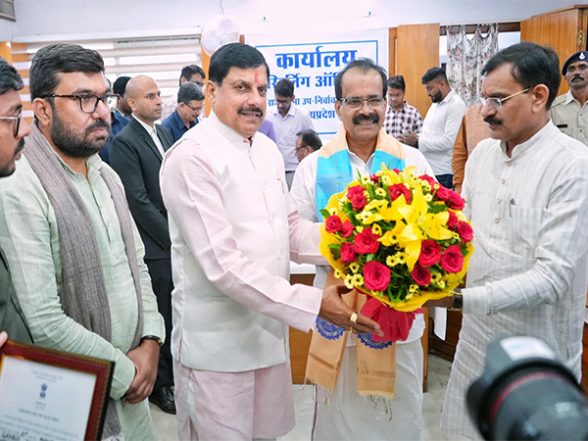IHRAM.CO.ID, Not so long ago we heard the term nanotechnology. For this reason, it is hard to imagine that such a tiny, yet decisive particle was used by Muslim sword makers in the past. Furthermore, the nanometer, a tool for measuring nanotechnology, does not yet exist. It is only recently that man has been able to measure the nanometric scale of a particle.
However, it is this nanotechnology that would be at the heart of the strength of Damascus iron. Nanotechnology can be translated as a process of intentional inclusion of very small materials to produce chemical reactions at the quantum level. This nanotechnology was once found in the blue color that appeared on Maya murals in America in the 8th century.
This technology was also found in printed glass during the Renaissance in Europe, as well as in colored glass in Egypt. These amazing things are triggered by tiny materials that trigger inclusions, so nanotechnology can be said to be the purest form of alchemy.
This nanotechnology plays an important role in the creation of Damascus iron. A very small foreign body, which actually affects most other irons. No one could invent this technology after the middle of the 18th century. Even the sword makers in Europe had never been able to trigger any matter inclusion. So far, it remains a question mark for them.
In fact, what is called genuine Damascus iron is iron made from a raw material commonly referred to as wootz steel. Wootz is a high quality type of iron that was first made in India and Sri Lanka in 300 BC. Wootz is extracted from molten iron ore and then removes impurities that reduce the purity of iron. Material is then added with a carbon content of up to 1.5%. In other irons, the carbon content is only one percent.
The high carbon content is the most important key to making Damascus iron. Just a small error in adding the carbon content, the quality of the iron obtained will not be maximized. The high carbon content will give the created swords very sharp and neat sides, as well as high durability.
Indeed, it is very difficult to obtain the required carbon content. Too low a carbon content will produce iron that is too soft when forged. If there are too many, you will get iron that is too hard. While the carbon content mix that is not correct will produce a very easy to break sword. Even so, Muslim metalworkers were able to control the levels so that the iron produced was suitable for making weapons. Unfortunately, this ability was lost from the middle of the 18th century.

“Zombie geek. Beer trailblazer. Avid bacon advocate. Extreme introvert. Unapologetic food evangelist. Internet lover. Twitter nerd.”





